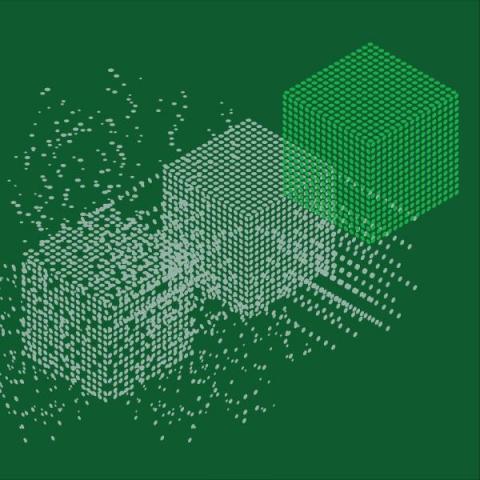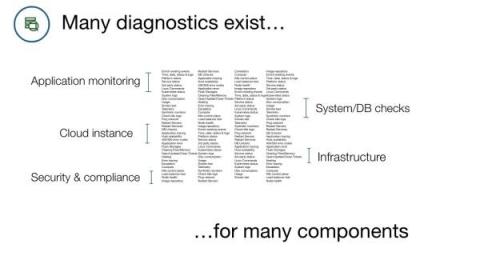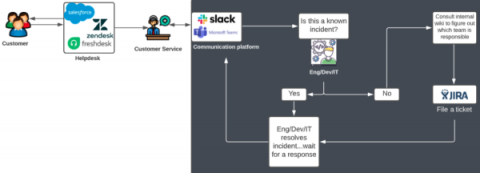Minimizing Data Science Model Drift by Leveraging PagerDuty
PagerDuty has an Early Warning System (EWS) model which helps the Customer Success and Sales departments ascertain the wellness of existing PagerDuty customers based on product usage and external business factors. This Early Warning System model has become critical infrastructure and the first line of defense in identifying poor product usage that could result in account churn.










